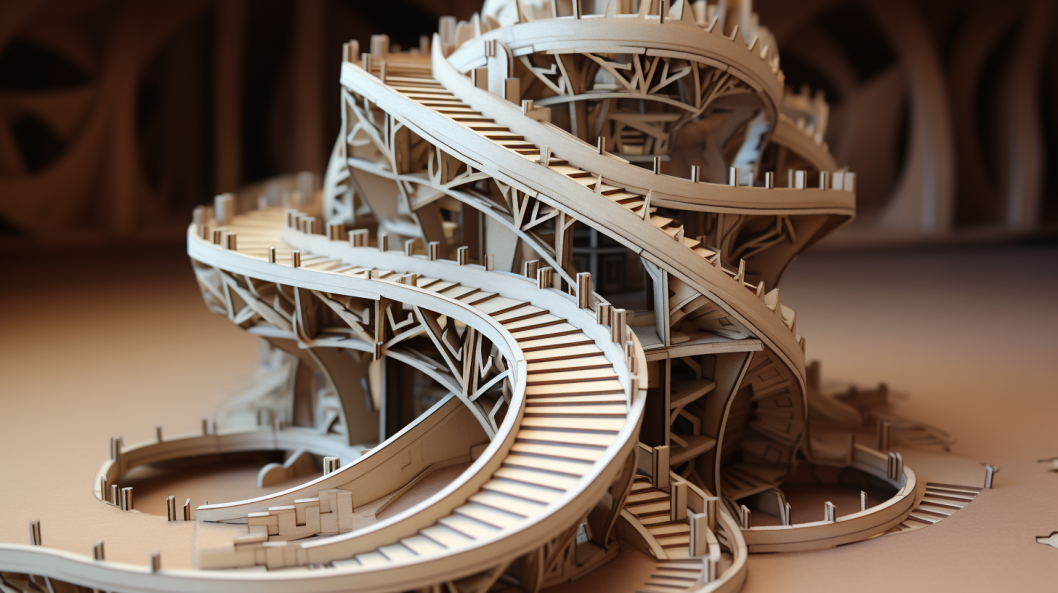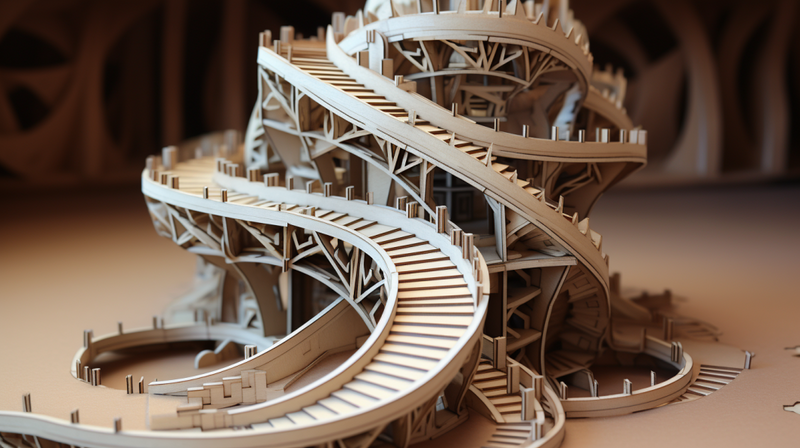The Art of Unfolding: The Hidden Math in Paper Buildings
When you look at the amazing world of paper folding, you might find a complex, mathematical universe tucked inside the delicate creases and stunning designs of origamic architecture. This art form isn't just about playing with paper; it's a field where math, beauty, and physical space all come together. In origamic architecture, detailed paper models rise from a single, folded sheet, showing the secret geometry and artistry behind both natural and man-made things.
Uncovering the Layers: What is Origamic Architecture?
Origamic architecture, first developed by artists like Masahiro Chatani, beautifully combines traditional origami (paper folding) and paper cutting to create intricate 3D models from a single sheet of paper. This art form is deeply connected to math, as every fold and cut explores the ideas of geometry and algebra.
As the paper unfolds, we see an amazing architectural creation that grows beyond its flat starting point. Each fold turns into a structure, with peaks and valleys forming a living, three-dimensional space. Through exact cuts and folds, artists create complex 3D shapes, revealing a miniature world that seems abstract but is built on precise mathematical logic.
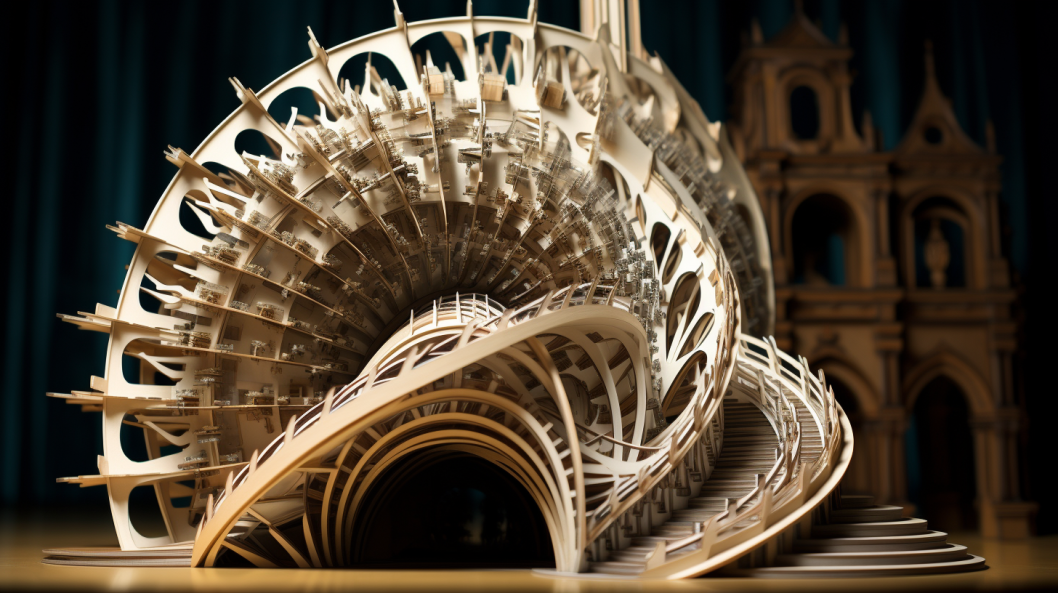
The Mathematical Journey Through Folds and Cuts
At the heart of origamic architecture is a mathematical system that follows strict rules of geometry and algebra. Every slice of the knife and every fold represents a mathematical equation, turning a flat (2D) surface into a 3D structure through precise calculations and careful planning.
Several mathematical ideas and theories are woven into this art:
- Geometric Transformations: Each fold is like a geometric transformation, with rotations, slides, and flips playing key roles in changing shapes and creating a sense of space.
- Algebraic Structures: The relationships between different parts of the structure aren't random; they follow algebraic rules, making sure every fold and cut works together to keep the final creation stable and connected.
- Topology: As the paper changes shape, its basic properties—like how parts are connected or its edges—stay the same, even as it turns into a complex architectural form.
- Proportion and Symmetry: The visible beauty and balance of origamic structures come from strictly following rules of proportion and symmetry, which are controlled by mathematical ratios and equations.
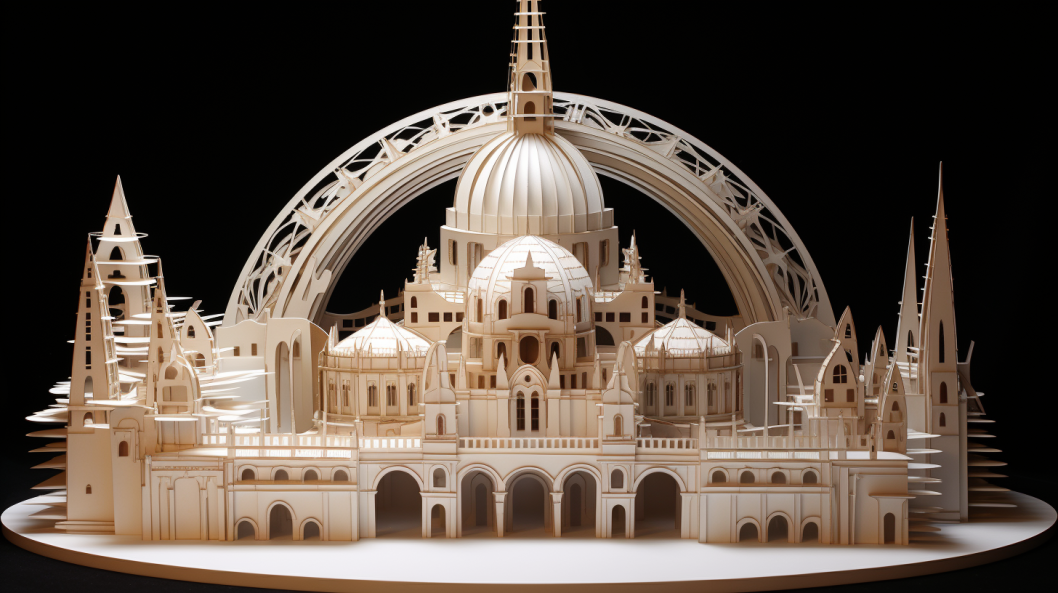
Connecting Worlds: Nature and Architecture
Exploring origamic architecture naturally leads us to see its connections in nature and man-made structures. The mathematical rules that guide paper folding reflect the same principles that create natural shapes, like the spirals of shells or the crystal patterns in rocks. Similarly, in famous buildings like the Eiffel Tower or the Sydney Opera House, we see how engineering and beautiful design come together, echoing the principles found in origamic structures.
Furthermore, the idea of folding extends to many scientific fields, such as how proteins fold in biology or the "fold theory" in math and science, which tries to understand the universal rules governing folding patterns and changes.
Practical Uses: More Than Just Pretty Art
Studying math through origamic architecture goes beyond just artistic expression and looking nice; it also finds its way into real-world applications. Scientists and engineers are looking into how folding works to create new solutions for complex problems in areas like space exploration, medical devices, and even in architectural design. Here, the principles of origamic architecture are used to create collapsible, portable, and adaptable structures.
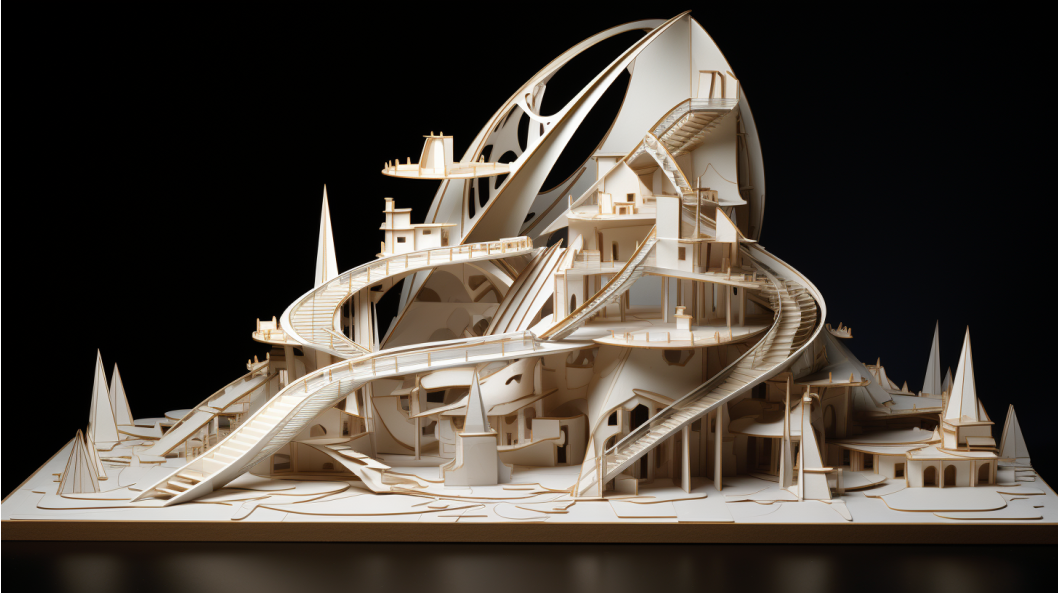
The Infinite Unfolding
This fascinating field shows how deeply connected art and science are. The seemingly simple act of folding paper reveals a complex world of mathematical precision, leading to beautiful and surprisingly practical results that continue to inspire innovation.
